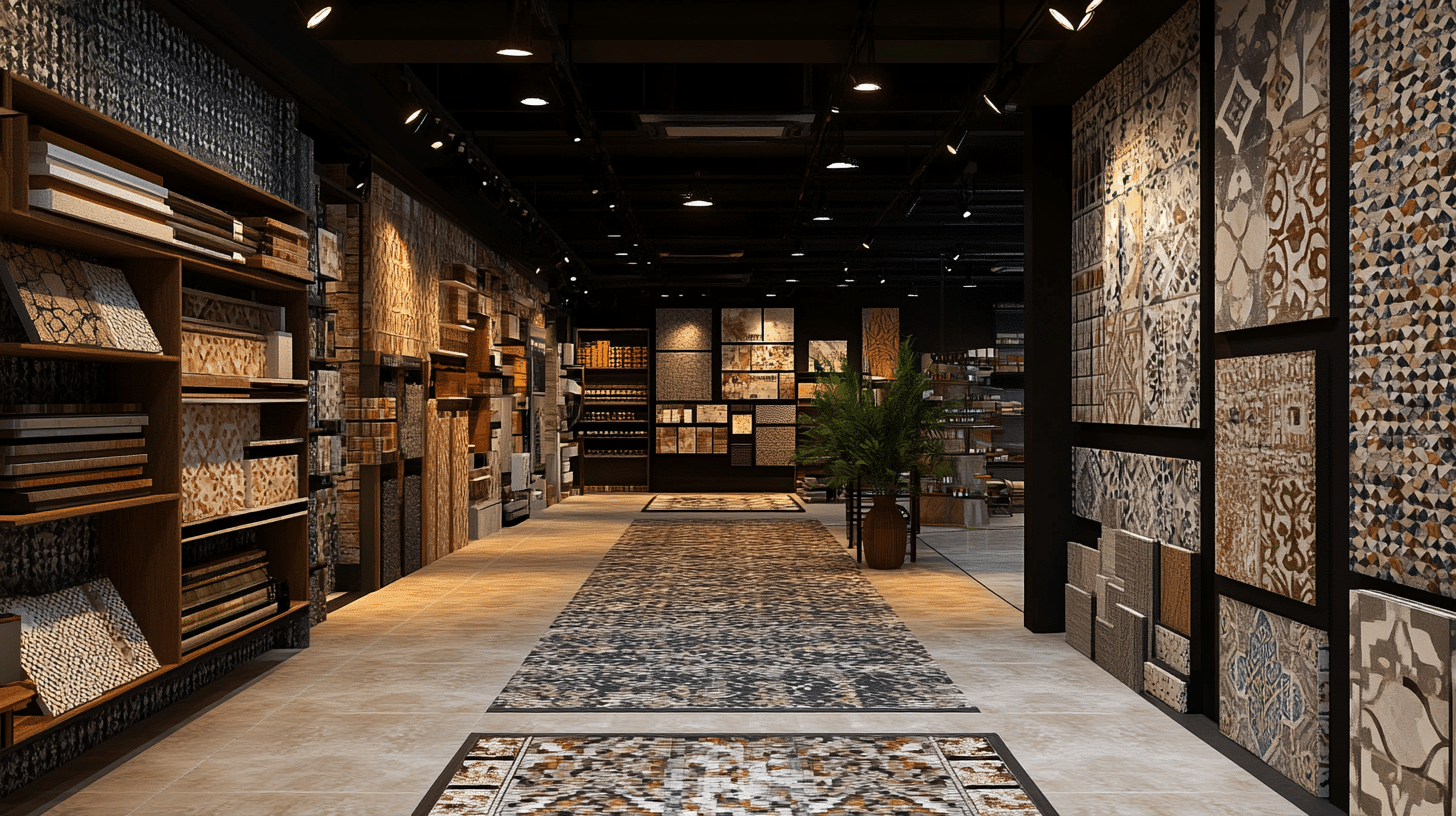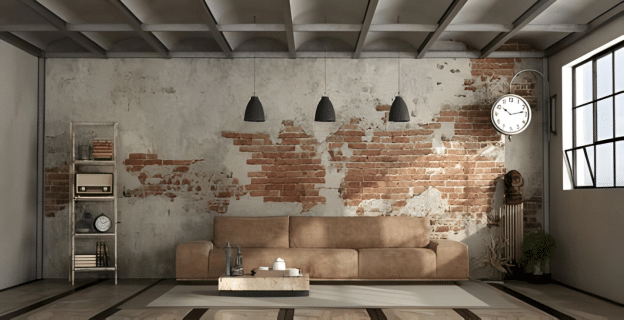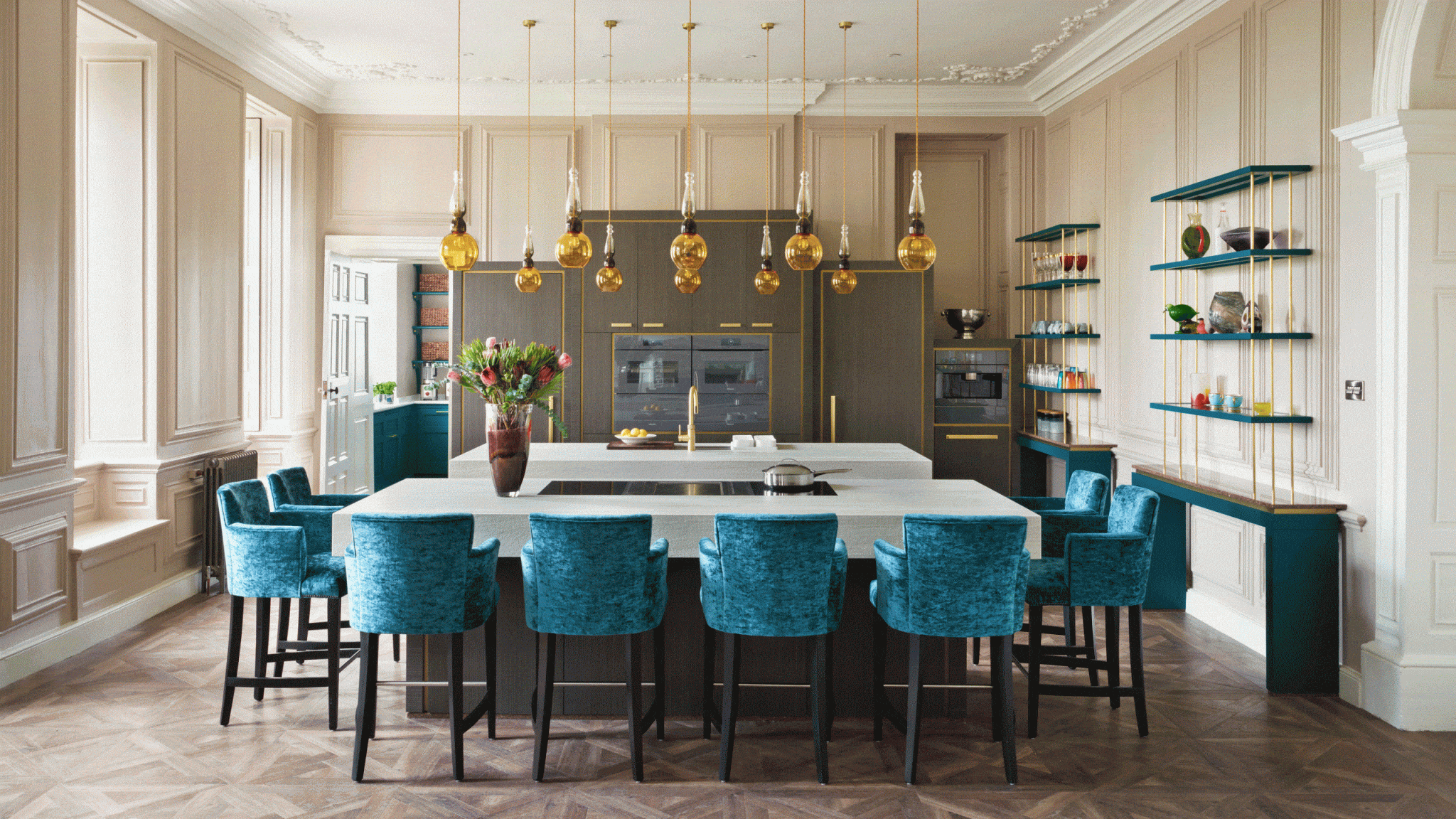Increasing Sales in Construction Business Through Professional Presentation
Every aspect of the ever-evolving and competitive home decor segment is crucial in helping the industry thrive, especially when the business is cutthroat.
Every participating member in the division, especially those invested in display tiles, bathrooms, and other building materials, must do everything right, no matter what strategies are used.
The major difference between a business thriving in the domain and one struggling comes down to one single factor: product presentation.
Most distributors understand the sheer importance of exhibiting their products correctly.
The distinction to exhibit effectively separates the best from the rest, and it is when the expertise of professionals comes into play.
The following article will examine the importance and science of shop interior design and product presentation and show why it’s not just about displaying products but about showcasing them in a pattern that speaks directly to potential customers’ needs and desires.
Product Presentation and the Efficacy Associated With It

The manner in which the product is presented can make or break the sale. Effective presentation is not just about stacking products on the shelf.
Rather, it’s all about creating a decent experience for your client that resonates with the customer and influences their decision.
In the end, everything comes down to psychology and how you maneuver accordingly.
The Importance of Visual Setup
Visual merchandising, or, in simple terms, visual setup, is both art and science, and it is deeply rooted in customer psychology.
It is essential to put everything right to help your customers ease decision-making, which essentially is supported by these four elements:
- Color Psychology: Try your best to stack and present products strategically color-wise in a manner that looks orderly and should be best aligned.
- The Rule of Three: The human brain is designed to best process information in a group of three. Arrange products in triads to make them more appealing.
- Display at the Eye Level: Products placed at the eye level sell much better than other products. This principle works best for showroom layouts, as it helps ensure the main products are placed at the right level.
- The Importance of Feel and Touch: Allow your customers to interact with materials. This will help them make better decisions.
Impacting Customer’s Decision Making Through Presentation
Your store’s presentation and display are major factors driving sales and converting visitors into customers.
- Establishing Context: Customers are more likely to buy when they picture the products in a setting resembling their homes. Room vignettes or lifestyle exhibits help bridge the gap between the imagined and the actual world.
- Providing Varieties: Variety is vital, but offering too many alternatives might need to be clarified for consumers. Rather than overwhelming consumers with options, carefully chosen selections and groupings of products can help them make judgments.
- Building Value: Presentation quality can increase a product’s perceived value. Even tiles in the middle of the price range can look opulent when arranged tastefully and brightly.
- Emotional Connection: A presentation that engages the audience emotionally or tells a story can strengthen the bond between the buyer and the product, improving the chances of a sale.
Understanding the psychology and the power of effective display, you can enhance sales to a whole new extent.
The approach makes or breaks things, and this is when the role of professionals comes into the help.
In the following segment, we shall look at how professionals help you through.
The Role of Professionals in the Product Exhibition

Since we have understood the importance of proper exhibitions, it is important to understand the role of professionals in elevating the overall strategy.
The planned strategy and the involvement of experts can extend the exhibition strategy to a whole new extent, eventually impacting the overall sale.
Their inputs bring specialized knowledge and skills that transform your product display from ordinary to extraordinary, where the overall difference stands.
Firms like INSCA have been helping businesses transform their conventional designing approach into a well-planned and strategized manner.
Their prime goal is to achieve an impact and show the best in such a short time.
They aim to innovate, design, and generate experiences to show the different businesses in the tiles, bathroom, and building segment the best collections they deserve.
We help our clients move forward with our exhibition solutions because they firmly believe there is only one way to grow: ” Show the best of yourself; show your best.”
The Structures Designing and Planning:
The overall attempt to portray the exhibition in the best possible manner hovers around three essential elements.
These parameters complement each other and provide the best thing possible for the business.
In the following segment, we will learn from the strategies of professionals and what principles they use.
1. Interior Designing
Interior designers play a major role as they help set the foundation of how everything will look.
Interior designers play a pivotal role in crafting showroom experiences that resonate with customers:
- Strategized Planning: The layout must be optimized for functionality and flow to ensure that displays are easy for customers to interact with and navigate.
- Color Coordination: Designers use complementary color palettes to draw attention to products and create a welcoming environment.
- Integration with Trends: They can present your items in innovative, aspirational environments because they know current design trends.
2. Lighting
Lighting is a must, and I don’t need to discuss it much. Proper lighting can bring even boring architecture to life.
Lighting experts can dramatically enhance the perception and appeal of your products.
- Specific to the product The lighting: They understand how light works with different elements, so they assure that each product has sufficient illumination to show off its finest attributes.
- Mood Creation: Layered lighting techniques may generate a variety of settings in the showroom, from lively and bright to cozy and intimate.
- Energy Efficiency: Energy-efficient lighting solutions are often incorporated into professional lighting assignments, which saves operating costs and enhances product presentation.
- Adaptability: They can create lighting systems that are flexible and simple to update as product displays do.
3. Integrating Technology: Bridging the Physical and Digital Divide
There is nothing more important in the digital age than a consolidative online presence. Beyond establishing a powerful design in-store, having a proper online presence is equally important.
This would ensure the virtual customer base is also interested in walking to your store.
- Interactive displays: Touchscreen catalogs enable clients to peruse your whole product line, even in a constrained physical area.
- Virtual and Augmented Reality: Such experts can set up stations for VR or AR, letting consumers see things in their homes.
- Data collection: Implementing mechanisms to monitor client interactions can help organizations gain insightful information that will help with future developments.
- Online-Offline Integration: Technology architects can build smooth experiences that connect your online and offline showrooms.
Elevate Your Exhibition: A Key to Maximising Your Sale
Creating the store’s overall display of construction-related products should be done in a manner that properly resonates with your customers’ needs.
By hiring a professional to design your interior, you are not just giving your store a powerful outlook but eventually redirecting your overall sales by prompting your customers to decide with clarity.
It is essential to note that the intention is not just to showcase the product but to present it in a way that communicates your customers’ needs and desires.
Eventually, in the home decor and construction industry, it is not important what you present but how you present it.







